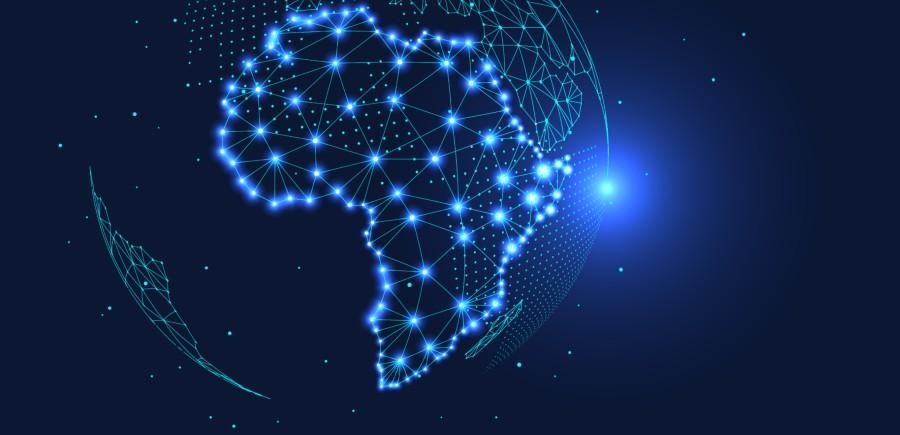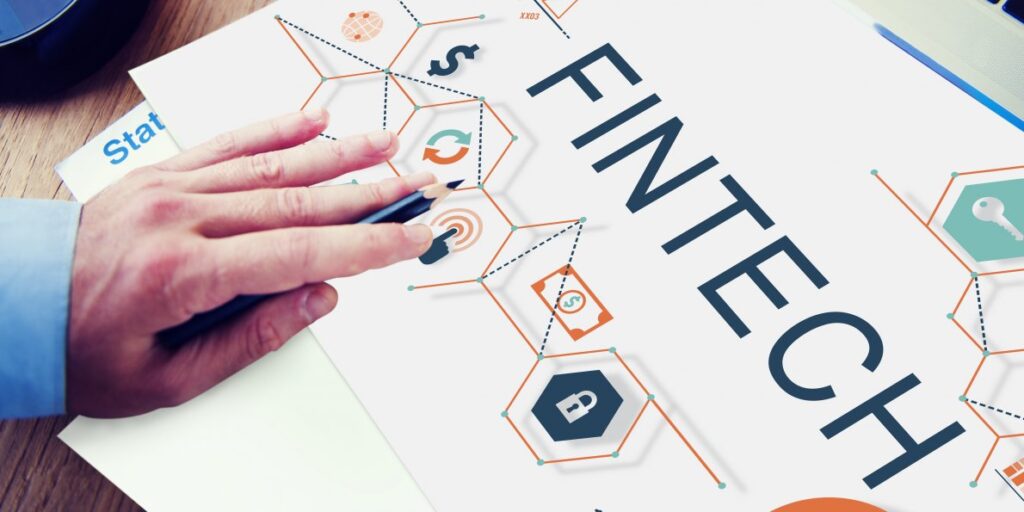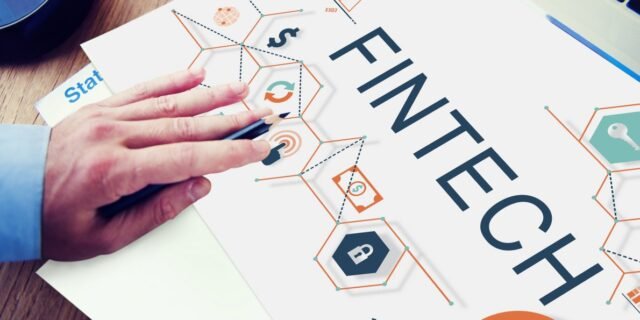In the dusty streets of Kano, the bustling markets of Lagos, and remote villages far beyond urban centres, a revolution is quietly reshaping how millions manage money. We’re talking about fintech, and more specifically, about the rise of fintech in West Africa and what it means for the unbanked. It’s a story of access, empowerment, and transformation, written in USSD codes, mobile wallets, and agency banking networks.
Table of Contents

The Unbanked Problem: Still Real, Still Urgent
Despite Nigeria being Africa’s biggest economy, a large share of its adult population remains excluded from formal banking. In 2023 roughly 36–40% of Nigerian adults used mobile banking services, but many still lack traditional bank accounts and credit history. In WAEMU countries (like Senegal, Côte d’Ivoire, Burkina Faso), about 41% of adults had an account either with a bank or mobile money by 2022 – and traditional financial reach is even more limited in rural areas. For the unbanked, the barriers are cash‑only economies, sparse branches, ID requirements, and often distrust or ignorance of banks.
2. Why Fintech Is Growing So Fast
Mobile Connectivity
West Africa now has over 450 million mobile phone users, and Nigeria alone will have more than 140 million smartphone users by end‑2025. This penetration enables fintech firms to reach users where banks can’t: on phones, via USSD or apps, even in low‑connectivity zones.
Youthful, Tech‑Savvy Population
With a median age of around 18 years in Nigeria, a young population keenly adopts digital finance tools. They prefer seamless, app‑first experiences over bank queues.
Supportive Regulation
Nigeria’s Central Bank has deployed initiatives like the Payment Service Banks (PSBs) licences, regulatory sandboxes, and open‑banking frameworks to foster innovation without sacrificing consumer protection .
Record Funding Inflows
In 2022 alone, Nigerian fintechs raised over ₦1.2 billion USD in investment, commanding roughly 36% of all VC funding across Africa by mid‑2024 .
3. What Fintech Solutions Are Reaching the Unbanked?
Agency Banking & Local Agents
Platforms like Quickteller, PayPoint, OPay, and Moniepoint have deployed thousands of agents across towns and villages, enabling simple services: deposits, withdrawals, airtime top‑ups, and bill payments. They act as a physical bridge between digital finance and cash economies .
Mobile Money & Digital Wallets
In WAEMU countries, mobile money platforms have enabled continental adoption—over half of active payment mobile accounts in 2022 were in Africa, many held by previously unbanked users. In Nigeria, services like Kuda, FairMoney, Paga, and PalmPay are offering accounts and micro-lending via smartphones or agent networks.
Digital Lending & Credit Scoring
Fintechs such as Carbon, FairMoney, Branch, and Yabx leverage alternative data—phone usage, transaction history, merchant sales—to provide microloans without collateral or bank credit records. Yabx’s partnership with PayCliq offers merchant cash advance to SMEs using AI‑driven credit models, with users benefiting quickly and digitally .

Savings & Investment Platforms
Innovators like PiggyVest, Cowrywise, and others enable disciplined saving even for low‑income earners. PiggyVest, for instance, began as a tweet idea and then morphed into a digital platform helping Nigerians save small amounts regularly while earning interest and avoiding going‑liquor loans.
Cross‑Border Payments & Infrastructure
Payment gateways like Flutterwave (with ₦‑processing and switching licences), Paystack, and Moniepoint (now a unicorn after a $110million raise) are enabling businesses, diaspora, and individuals to transact across borders or in local currencies, simplifying remittances and e‑commerce.
Local Card Schemes & CBDC Moves
In Nigeria, the AfriGo domestic card scheme—launched by CBN and NIBSS in January 2023—offers low‑cost naira‑priced cards to promote inclusion and retain payment‑data sovereignty. Ghana is piloting the E‑Cedi, a central bank digital currency, aiming to deepen inclusion and offer offline digital payments even in rural settings.
4. Real Impacts on the Unbanked
Financial Access & Empowerment
Where once few could open bank accounts, now millions transact from phones or agents. In Nigeria, mobile banking surged from around 315 million transactions in 2019 to over 10.7 billion in 2023, punctuating a sharp leap toward digital finance.
Economic Participation
Mobile money services contributed around USD 600 billion to GDP in countries where they’re widely used over the past decade. This includes West Africa, where adoption nurtures entrepreneurship, remittances, and local commerce.
Financial Inclusion for Women & SMEs
Mobile wallet services have proved especially empowering for women. In places like Senegal, four times more women use mobile money to save than use traditional savings accounts. SMEs, often locked out of formal credit, now access AI‑based loans via fintech partnerships like Yabx–PayCliq and Moniepoint agency banking.
Bridging Rural Gaps
Smart agent networks and payment platforms help rural traders, farmers, and informal workers save, borrow, and transact without traveling to the city.
5. Challenges That Can’t Be Ignored
Infrastructure Constraints
Fintech’s reach remains fragile in areas with poor internet and unreliable electricity. Without improved connectivity or digital literacy, rural adoption stalls.
Security & Fraud Risks
As digital adoption grows, so do cyber threats. Studies of mobile apps across WAEMU highlight vulnerabilities; fintechs must invest in robust security, encryption, and tokenisation to maintain trust.
Regulatory Fragmentation
Operating across West African countries means navigating different licensing regimes and compliance rules. Achieving pan‑regional scale remains difficult due to regulatory diversity.
Competition & Market Saturation
Too many fintechs chasing the same user pie can lead to duplication. Firms differentiate via user experience (e.g. PalmPay pre‑installed apps), localised strategy and added features like insurance or bookkeeping tools.
6. Notable Success Stories
Moniepoint
Founded in 2015, Moniepoint evolved from serving banks into offering direct agent banking and now personal banking services. Its $110M 2024 series‑C funding gave it unicorn status (~$1bn valuation). It now processes over 800 million transactions each month, valued at ~$17 billion in volume.
PalmPay
Since 2019, PalmPay has grown to 35 million registered users and 1 million small business clients. Its smartphone‑first strategy (via Transsion pre‑installs) and service mix (payments, airtime, loans, insurance) helped it rank among Kenya & Nigeria’s fastest‑growing companies in 2025.
Kuda
By 2025, Kuda had attracted 5 million users and controls ~15% of Nigeria’s digital‑banking market. With AI‑based fraud tools and voice‑command banking, it expanded into Ghana and Côte d’Ivoire, targeting deeper market coverage by year‑end.
Wave
A mobile money brand focused on Francophone Africa, Wave became dominant in Senegal (70% market share) with low fees, offline functionality, and business tools. It’s expected to reach 15 million active users across five countries by 2025.
Looking Ahead: What’s Next for the Unbanked?
- Deeper Regional Reach: Expansion into Cameroon, Côte d’Ivoire, Ghana, Burkina Faso, and other markets, offering unified fintech services and improving cross‑border remittances.
- Super‑App Emergence: Platforms expanding into credit, insurance, investment, e‑commerce, and utility payments—becoming one‑stop financial tools. PalmPay leads this shift in Nigeria.
- Enhanced Digital Identity: National ID‑linked systems like AfriGo and Ghana’s E‑Cedi will integrate financial access with government services, helping the digitally excluded.
- AI & Data‑Driven Services: Predictive credit, fraud monitoring, and personalised financial advice will become mainstream, powered by AI adoption in lending and risk assessment.
- Stronger Consumer Protection & Security: Tokenisation, secure coding, regulation enforcement, and fraud awareness campaigns will be crucial to avoid backlash and mistrust.

The Bottom Line for the Unbanked
What began as isolated efforts to digitise payments and savings has become a full-scale revolution. Fintech now offers the unbanked in West Africa more than just an entry point into financial services; it offers dignity, agency, and opportunity. Whether it’s a smallholder in Sokoto transferring harvest proceeds via an OPay agent, a street vendor in Dixcove (Ghana) saving with Wave, or a female entrepreneur in Kano building credit history through Carbon or Yabx—what we’re witnessing is financial inclusion powered by fintech.
Yet, it is not magic. It requires stars aligning: mobile access, youthful adoption, investor confidence, enabling regulation, and relentless innovation. As we push into late 2025 and look forward towards 2030, hope lies in keeping up momentum, addressing infrastructure gaps, safeguarding trust, and ensuring the unbanked become fully included in economic life—not merely counted statistically.
Join Our Social Media Channels:
WhatsApp: NaijaEyes
Facebook: NaijaEyes
Twitter: NaijaEyes
Instagram: NaijaEyes
TikTok: NaijaEyes








































